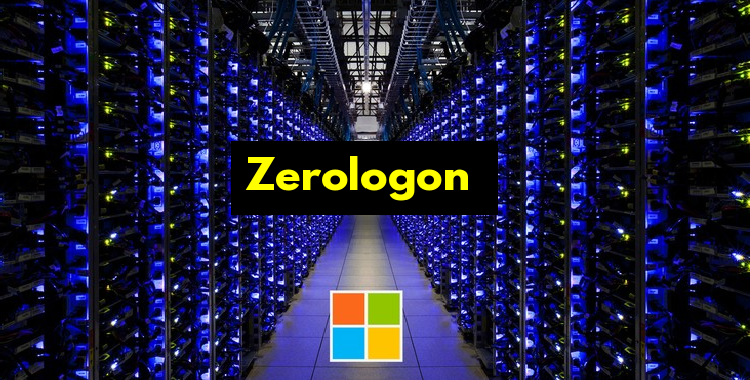No software, as GeoVision has recently discovered, is 100% secure from malware, with many applications left exposed by vulnerabilities within their coding.
GeoVision develops and manufactures advanced video surveillance hardware along with the appropriate software for running it. From IP cameras through to eyeball and dome cameras, GeoVision promises to offer state-of-the-art surveillance to strengthen your security. Unfortunately, the discovery of a vulnerability within their software has demonstrated that their products are far from the definition of secure.
Let’s dive into what’s happened and the lessons we can take away.
Mirai Malware Strikes at the Heart of GeoVision
Legacy devices, those which are at their end-of-life stage, suffer from security problems due to a lack of updates. Once a product has reached this stage of their lifespan, developers feel it’s uneconomical to continue providing software updates and patches. The best option for consumers is to upgrade to the latest model to ensure their devices remain safe. But many consumers decide, instead, to save a few dollars and continue with their legacy products. And this is when vulnerabilities rear their ugly head.
A vulnerability has been detected in numerous GeoVisions devices – video servers, compact digital video recorders and Linux systems – which allows threat actors to run system commands on the affected devices. Not all vulnerabilities are exploited, but this one – known as CVE-2024-11120 – has already been taken advantage of. Most notably, the Mirai botnet has been detected as active on infected systems. Mirai, typically, is used to facilitate botnet attacks or carry out cryptomining activities – both of which lead to a drop in performance for affected systems.
Close to 17,000 GeoVision devices are at risk of being exploited, with close to half of these being located in the US. Potentially, threat actors could compromise crucial security devices and have a major impact on the security of businesses and their employees. At present, due to the affected devices falling under the end-of-life classification, GeoVision has not announced any plans to update the software running on them.
Navigating the Risks of Exploited Software
All hardware and software reaches a legacy status at some point, and it’s important that your business knows how to approach this. And even the most up-to-date products still require close attention to remain secure. Therefore, make sure you implement the following to keep your IT systems safe:
- Install all Updates and Patches: One of your main priorities should be to regularly install all software updates to minimize the risk of vulnerabilities being exploited. These updates can easily be automated and ensure your systems are kept as secure as possible.
- Conduct Regular Security Audits: It makes sense to carry out regular security audits to evaluate how secure your IT systems are. This could involve verifying that all default passwords are changed, making sure that your employees receive regular security refreshers, and monitoring network activity for unusual patterns.
- Carry Out Basic Security Measures: The simplest methods are often the most effective against malware, so you need to be sure the basics are taken care of. This can range from installing firewalls and security suites on your infrastructure through to partitioning networks and limiting user privileges across your network.
For more ways to secure and optimize your business technology, contact your local IT professionals.
Read More













